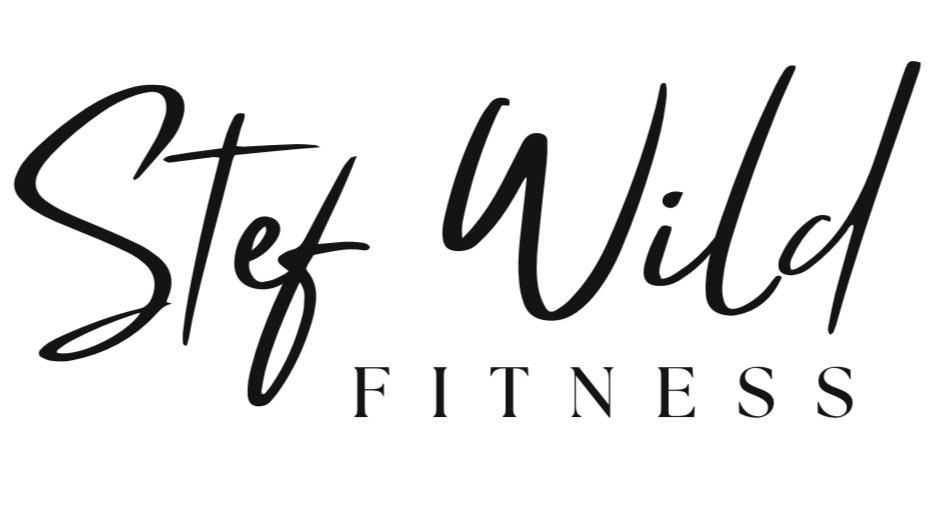Classical Pilates VS. Contemporary Pilates - What’s the difference?
As a Pilates teacher, one of the most common questions I get asked is:
What makes Pilates different from regular body-weight training?
Since Joseph Pilates (the founder of the Pilates method) passed in 1967, the exercises he developed, the sequences, and the original methodology (originally named ‘Contrology’), has been passed from trainer to trainer. Naturally, it has deviated along the way from its original design.
While Pilates teachers these days love to mix things up for the purposes of fun, variation, and extra challenge, it shouldn’t be forgotten that Joseph Pilates was very much ahead of his time and a pioneer in the fitness industry.
Sometimes when I attend a Pilates class with a teacher who takes on a more ‘modern’ approach to Pilates, I walk away feeling like I didn’t really do a Pilates class, but more of a general fitness class. Often I can’t put my finger on exactly why this is, but if I review the Pilates Principles, I can usually figure it out pretty quickly.
Below I’ll outline the six principles of the Pilates method, and the original Pilates mat work series.
While contemporary (modern) Pilates classes may not follow the original sequence of exercises that Joseph Pilates originally taught, I believe that contemporary Pilates classes should contain movements that are heavily inspired by his original sequence and should most certainly follow the movement principles that he lay out.
“Study carefully. Do not sacrifice knowledge to speed in building your solid exercise regime on the foundation of Contrology. Follow instructions exactly as indicated down to the very smallest detail. There IS a reason!” -Joseph Pilates
The six Pilates principles are:
1: Breath
2: Concentration
3: Centre
4: Control
5: Precision
6: Flow
Joseph Pilates created a selection of 34 mat exercises to go through a sequence that he believed to be logical and appropriate, the idea being to first warm up the body, and then progress to the more challenging exercises once the body is sufficiently warmed up and ready.
Finally, it progresses into cool-down exercises before the end of the session. The idea was to ensure that all areas of the body were targeted in every position, first by use of gravity and body weight and then against it.
Here are the 34 exercises in sequence.
How many of these do you recognize?
1. THE HUNDRED
2. THE ROLL UP
3. THE ROLL OVER WITH LEGS SPREAD (BOTH WAYS)
4. THE ONE LEG CIRCLE (BOTH WAYS)
5. ROLLING BACK
10. THE CORK-SCREW
11. THE SAW
12. THE SWAN-DIVE
13. THE ONE LEG KICK
14. THE DOUBLE KICK
15. THE NECK PULL
16. THE SCISSORS
17. THE BICYCLE
19. THE SPINE TWIST
20. THE JACK KNIFE
21. THE SIDE KICK
22. THE TEASER
. 23. THE HIP TWIST WITH STRETCHED ARMS
24. SWIMMING
26. THE LEG-PULL
28. THE SIDE BEND
29. THE BOOMERANG
30. THE SEAL
31. THE CRAB
32. THE ROCKING
34. THE PUSH UP
So the next time you take a Pilates class, check in with yourself to see If you’re approaching the class with all six principles in mind, and notice the variations of the traditional exercises that are taught. I believe that knowing the origins and the reasoning behind what you are doing can be a great personal motivator.



